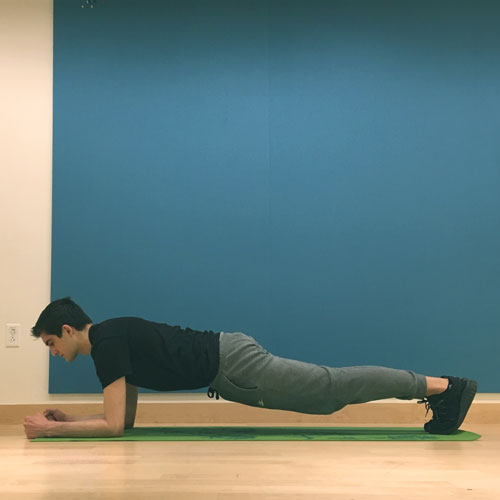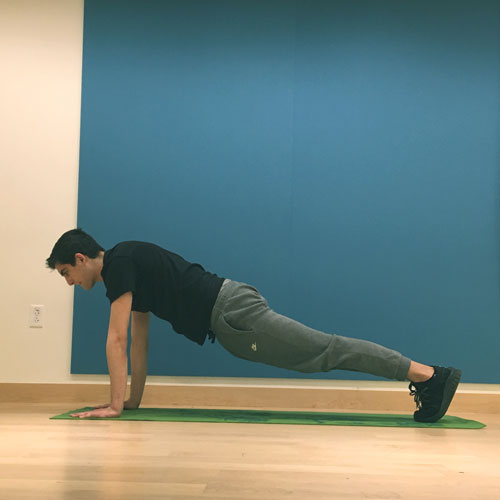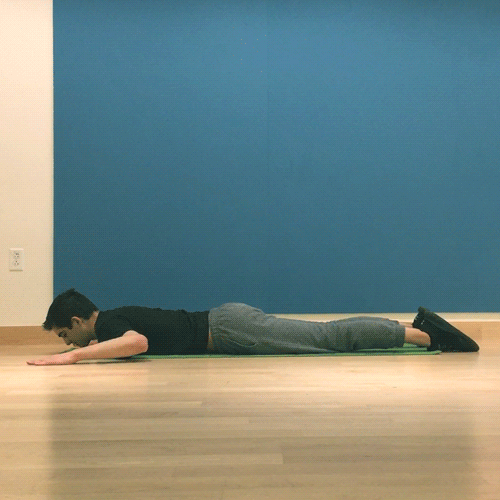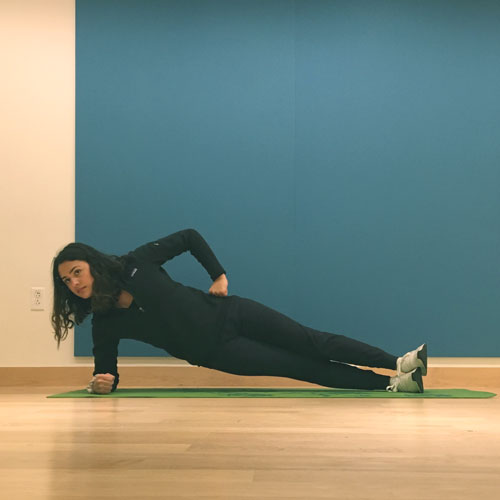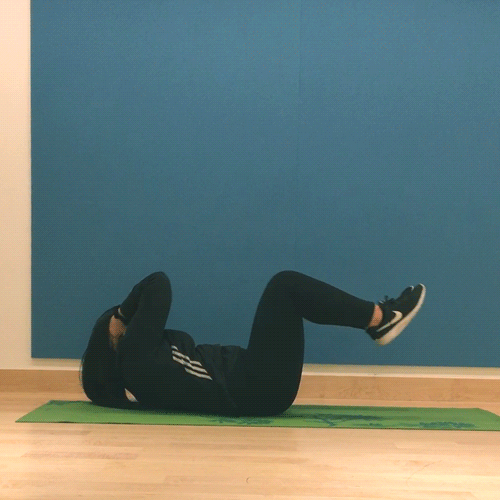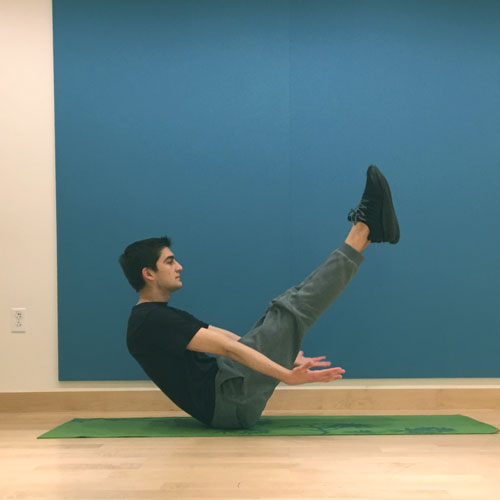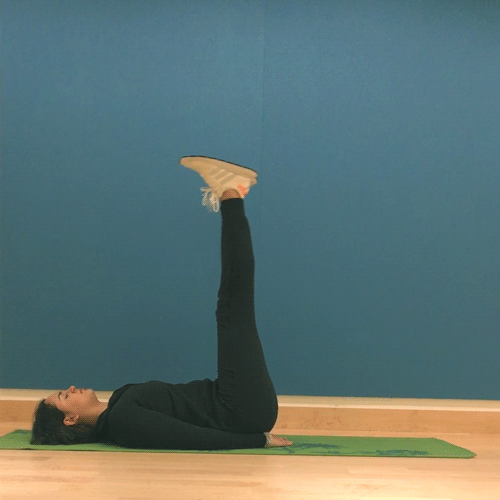
Cardiovascular exercise, often referred to simply as “cardio” is a form of aerobic exercise that gets your heart beating faster than usual and your lungs breathing heavier than normal. The other types of fitness, stretching and strength training, are important to incorporate along with cardio. All three will benefit your body and mind in both the short and long term. Cardiovascular exercise is specifically designed to make your heart and lungs stronger.
How much cardio do I need?
There is no specific amount of cardio recommended each day. However, it is recommended that teens get around 60 minutes of physical activity each day. That should include some cardio, some strength training, and some stretching. This doesn’t have to be 60 minutes of what you might consider “exercise.” Rather, the recommendation is that you move, stretch, or strengthen your body each day for a total of around an hour. The cardio portion of your physical activity can include time spent walking as long as it is fast enough to get your heart rate increasing. If you aren’t able to do an hour each day remember that any amount of activity will benefit your mind and body. Start with what feels comfortable and try to slowly increase the amount of time you move your body.
Do I have to play a sport or have a gym membership to do cardio?
Being on a sports team is a fun, social way to move your body. If there is an activity you enjoy, such as soccer, running, swimming, fencing, rowing, tennis, or volleyball, consider joining a school or community league. A gym can also be a fun, social place to exercise whether it’s using the treadmill or stationary bike next to a friend or taking a group fitness class such as Zumba, water aerobics, or kick boxing.
However, there are also plenty of other ways to be active that don’t involve team sports or going to a gym. Some of these include:
- Walking quickly, jogging, or running: consider listening to upbeat music and walking to the beat
- Biking or roller skating: make sure to wear protective gear such as a helmet
- Dancing: you can find free instructional videos online
- Stair climbing: if your house, apartment, school, or other local buildings have stairs inside or out you could use them, sort of like a Stair Master but using actual stairs!
- Hiking: if there are large hills or mountains nearby, get out in nature while getting your blood pumping
- Movement games or VR: many game consoles now make games that encourage movement. There are even virtual reality (VR) fitness programs that immerse you into different settings while you work out.
- Pickup games: if you don’t want to join an organized team but enjoy shooting hoops or kicking around a ball, ask a few friends to join you in the park or find others already there who are looking for activity partners.
- Circuit training: activities such as jumping jacks, mountain climbers, and burpees can be done anywhere. Sometimes called HIIT (high intensity interval training), you can find guides online for how to do these with no equipment needed.
Will cardio help me lose weight?
Many people think that exercise should be done in order to “burn off” calories from food and try to achieve weight loss. While it can be helpful for maintaining weight, studies generally show that a body adapts to exercise and makes up for the calories burned by eating more. But there are so many health benefits to movement beyond a person’s weight. Cardiovascular activity is called that because it helps to strengthen and therefore benefit the cardiovascular system, aka the heart. It is also beneficial for the respiratory system (lungs), and for improving sleep, keeping you mentally sharp, improving mood, and preventing some diseases.
However you choose to be active, studies have shown that you’re much more likely to stick with a fitness routine if you find joy in the movement, rather than doing it because someone else wants you to or in order to lose weight. Think about how you feel when exercising, and if it calls to mind feelings of guilt or shame, or if you feel that you are exercising compulsively and it is getting in the way of your everyday life, it might be time to reexamine your goals and how you might best achieve them with a different activity.
 Fitness is fun! It’s a great way to improve your overall health and wellness. Through exercise, you may even find you feel less stressed and more relaxed. You’ll have more energy during the day too! However, the number one way to make exercise a part of your life is by participating in activities you find fun and enjoyable. It may help to exercise with a friend or family member.
Fitness is fun! It’s a great way to improve your overall health and wellness. Through exercise, you may even find you feel less stressed and more relaxed. You’ll have more energy during the day too! However, the number one way to make exercise a part of your life is by participating in activities you find fun and enjoyable. It may help to exercise with a friend or family member.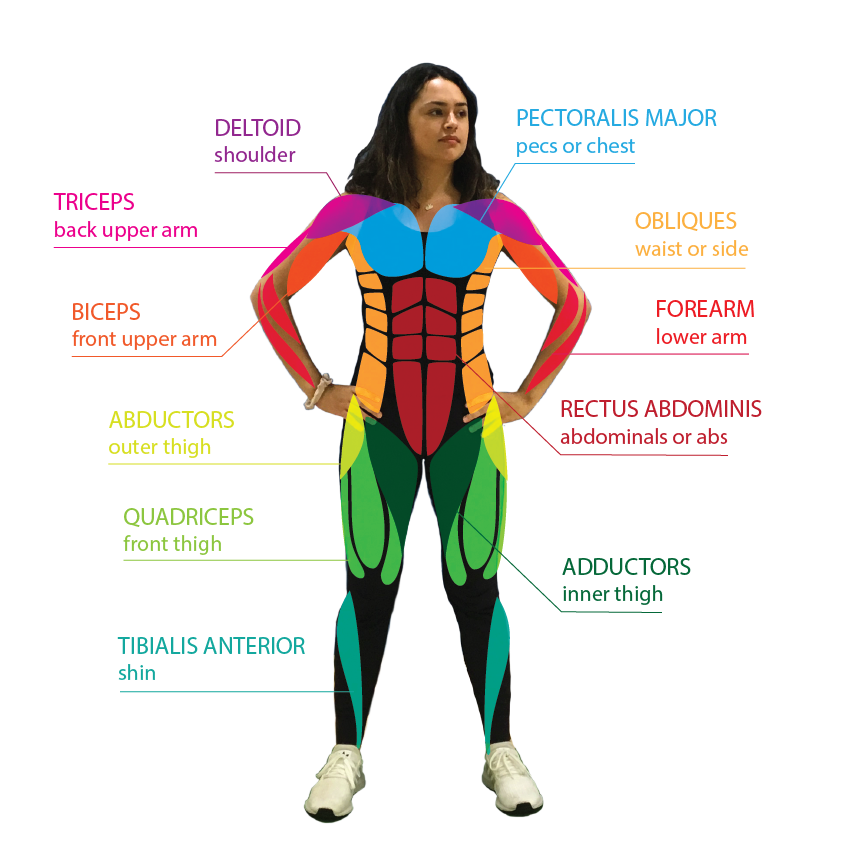
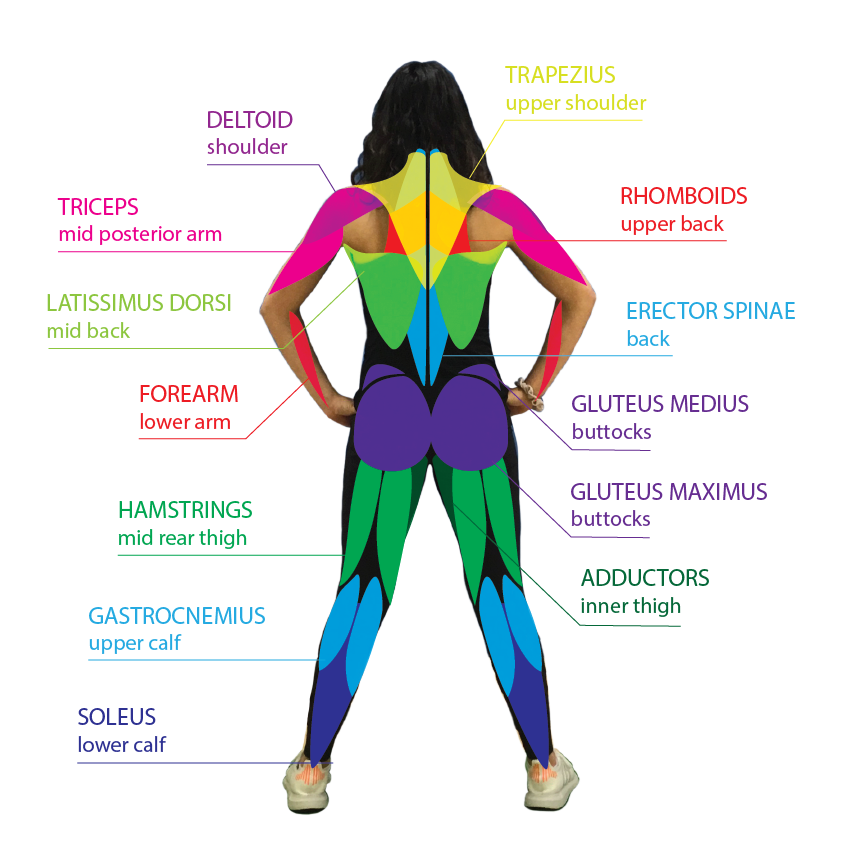
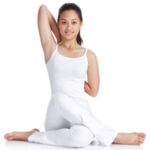
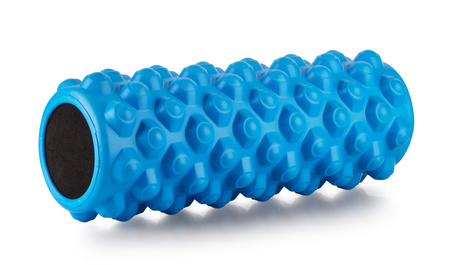
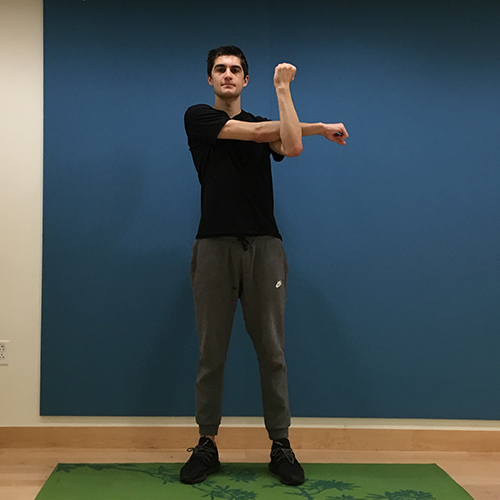
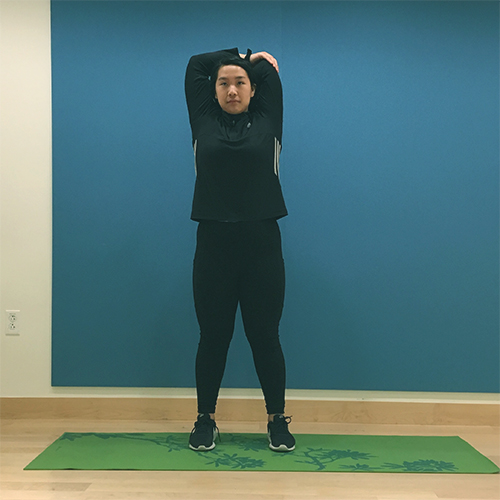
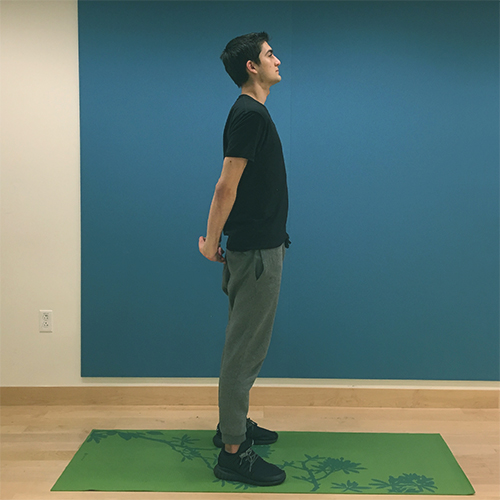 Muscles Used: Pectoralis Major (“Pecs” or Chest)
Muscles Used: Pectoralis Major (“Pecs” or Chest)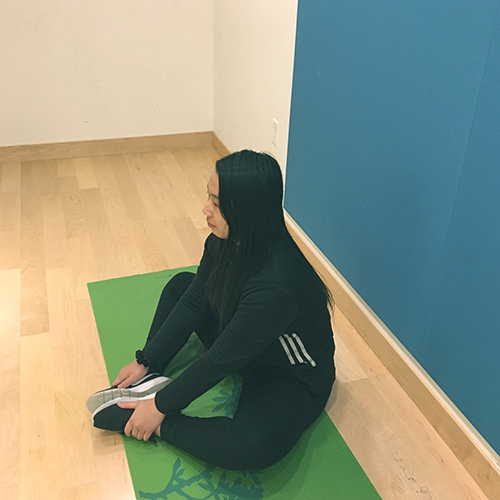
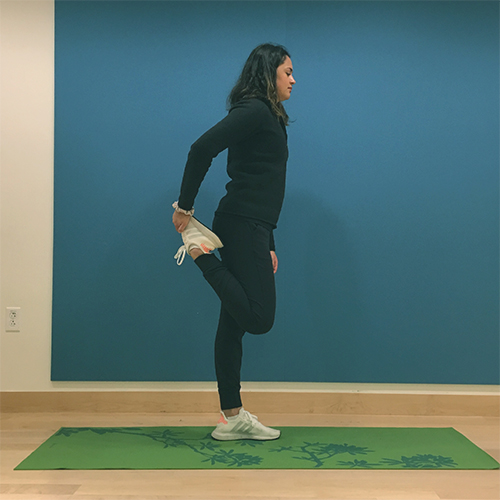
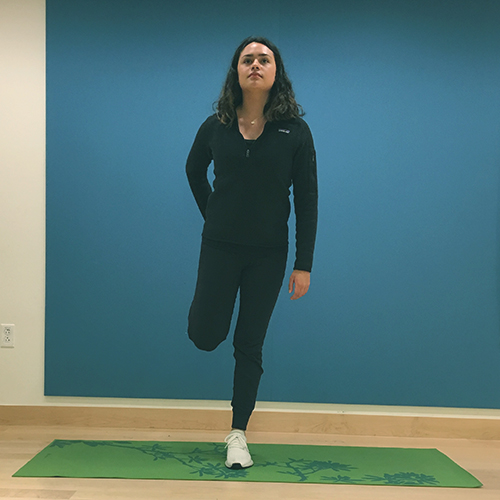
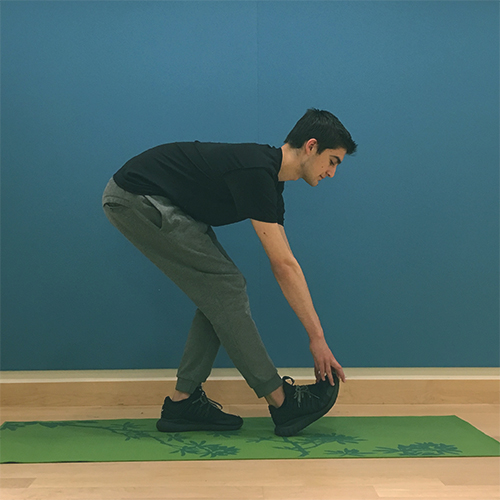
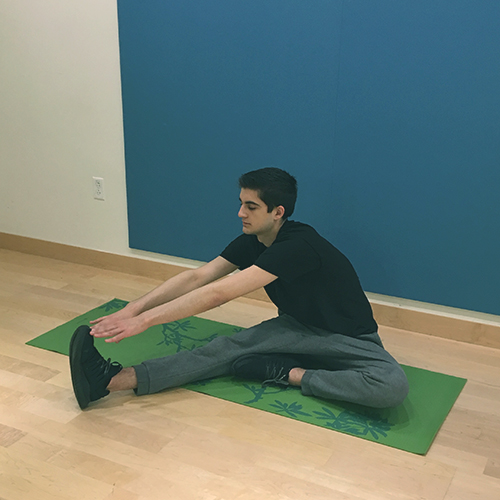
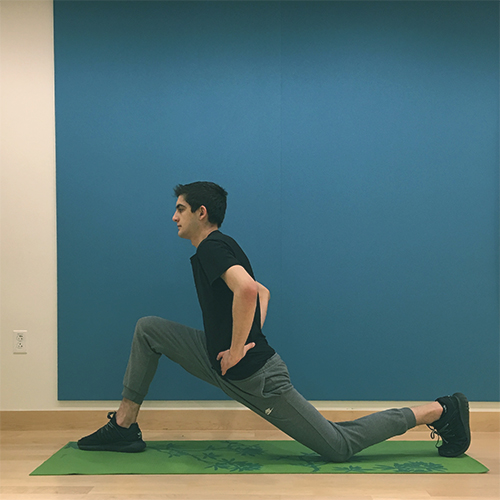
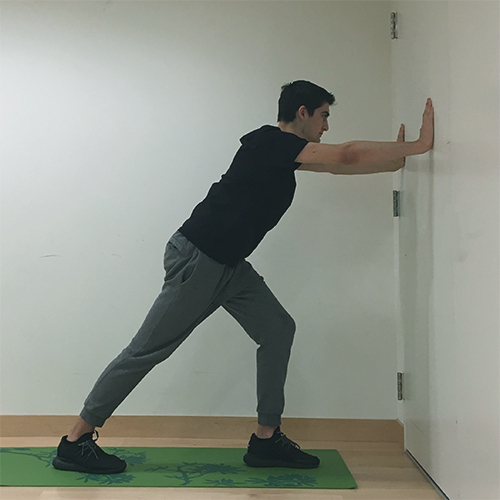
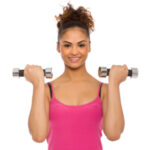
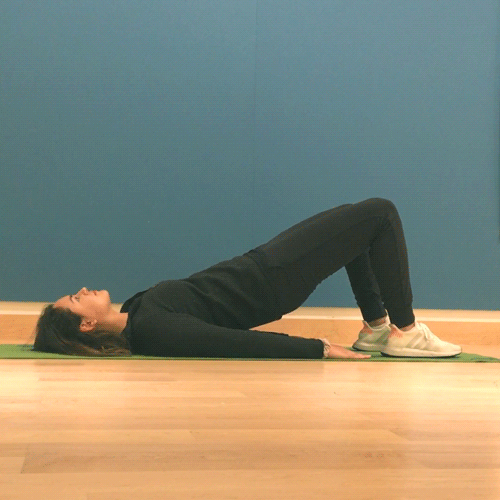 Muscles Used: gluteus maximus, gluteus medius and gluteus minimus (buttocks), hamstrings (mid rear thigh), hip adductors (inner thigh), rectus abdominis (front abdominals), erector spinae (back)
Muscles Used: gluteus maximus, gluteus medius and gluteus minimus (buttocks), hamstrings (mid rear thigh), hip adductors (inner thigh), rectus abdominis (front abdominals), erector spinae (back)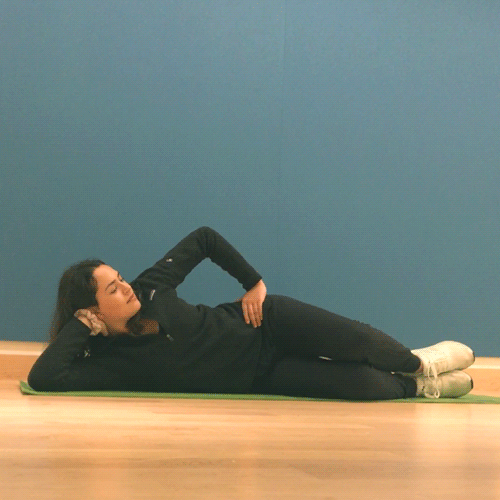 Muscles Used: gluteus medius (buttocks), adductors (inner thigh), abductors (outer thigh)
Muscles Used: gluteus medius (buttocks), adductors (inner thigh), abductors (outer thigh)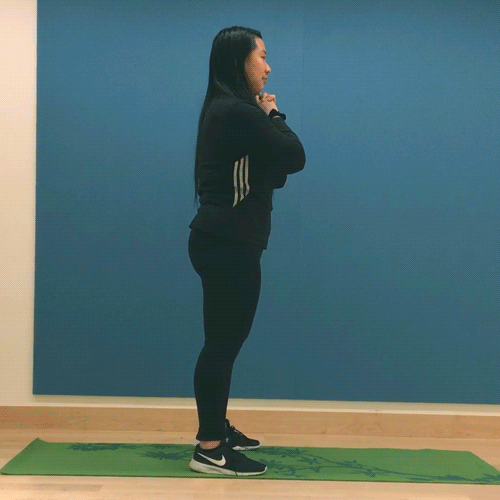 Muscles Used: gluteus maximus (buttocks), hamstrings (mid rear thigh), quadriceps (front thigh), erector spinae (back)
Muscles Used: gluteus maximus (buttocks), hamstrings (mid rear thigh), quadriceps (front thigh), erector spinae (back)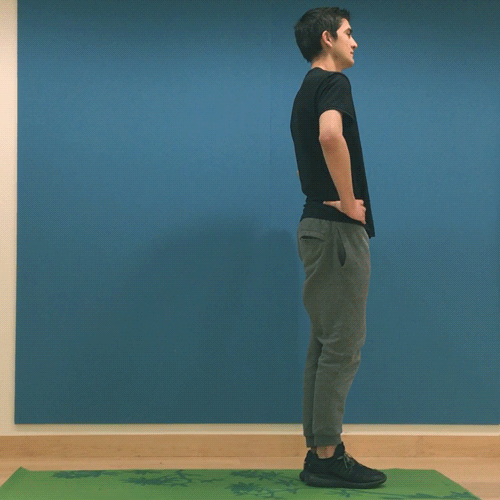
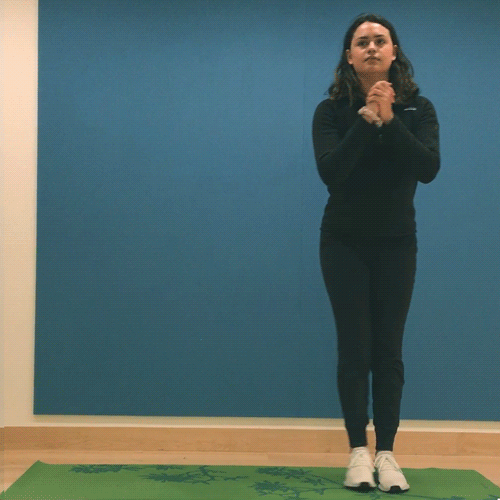
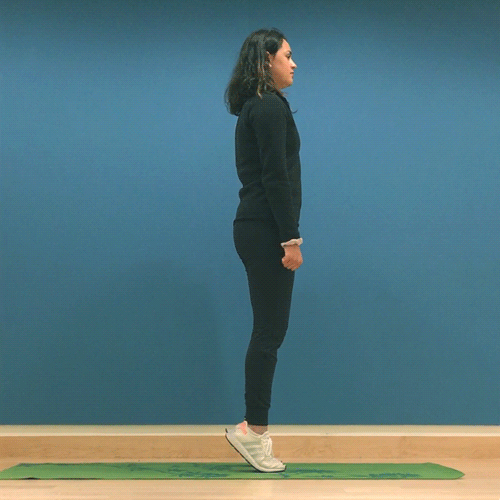 Muscles Used: gastrocnemius (upper calf), soleus (lower calf)
Muscles Used: gastrocnemius (upper calf), soleus (lower calf)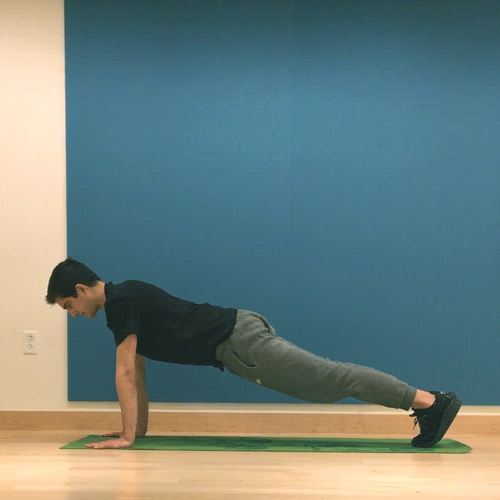
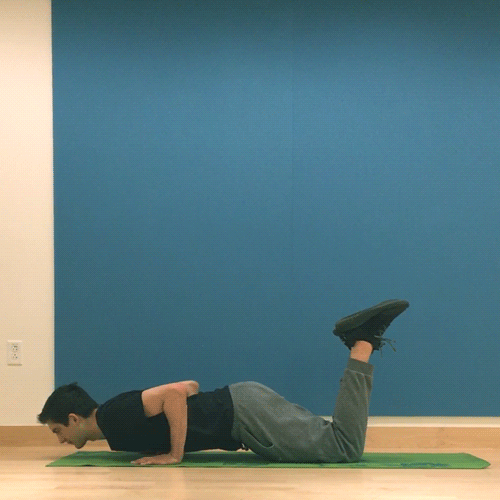
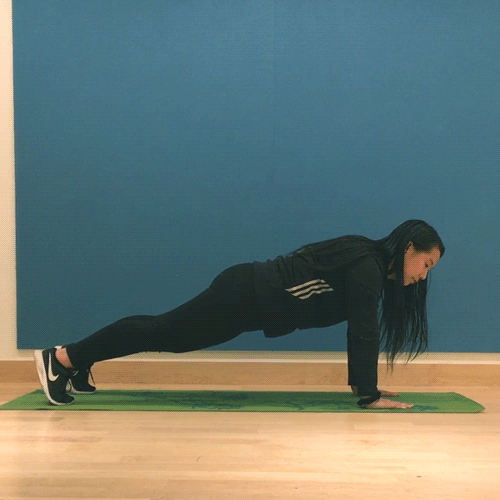
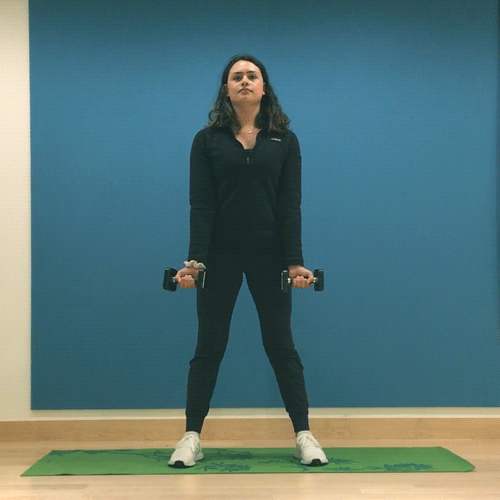 Muscles Used: biceps (front upper arm), and deltoids (shoulders)
Muscles Used: biceps (front upper arm), and deltoids (shoulders)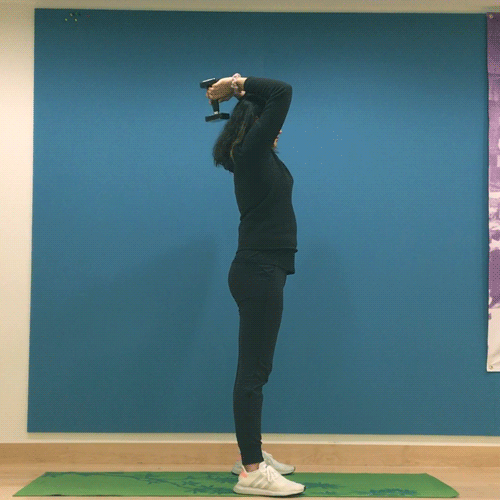 Muscles Used: triceps (back upper arm) and latissimus dorsi (mid back)
Muscles Used: triceps (back upper arm) and latissimus dorsi (mid back) Muscles Used: pectoralis major (chest), triceps (back upper arm), biceps (front upper arms), and deltoids (shoulder)
Muscles Used: pectoralis major (chest), triceps (back upper arm), biceps (front upper arms), and deltoids (shoulder)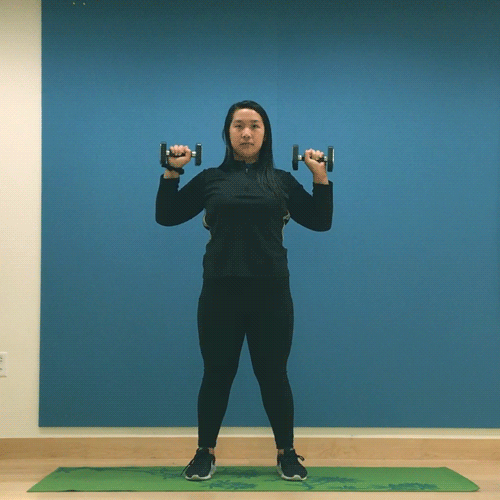 Muscles Used: deltoids (shoulder), pectoralis major (chest), and triceps (front upper arm)
Muscles Used: deltoids (shoulder), pectoralis major (chest), and triceps (front upper arm)